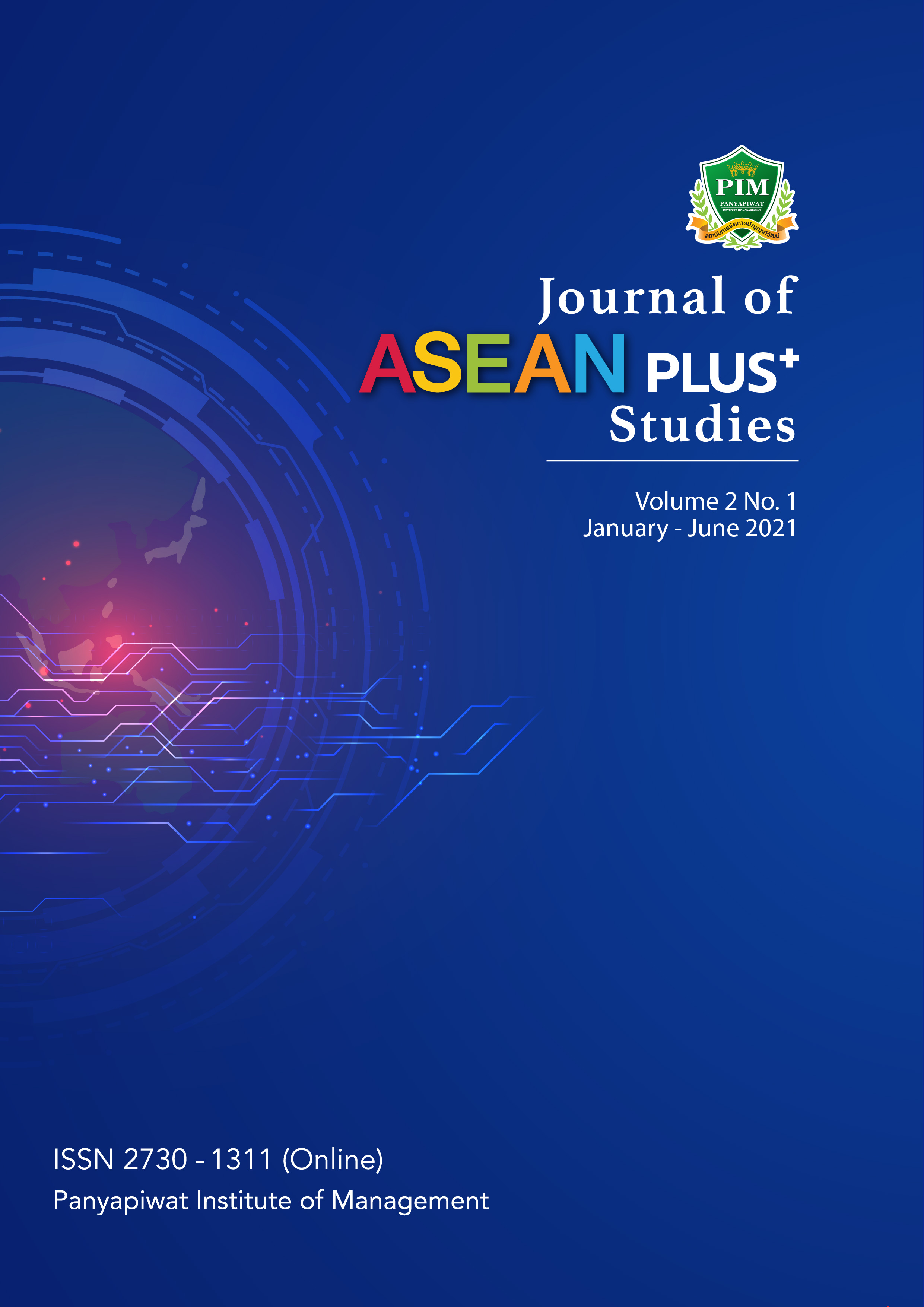ASEAN in Digital Economy: Opportunities and Challenges
Keywords:
Digital Economy, Opportunities,, ChallengesAbstract
Abstract
Developing countries like most countries in Southeast Asia have the opportunity to transform its economy and to contribute to the development of the digital economy. Although these economies are characterized by high added value, faced with numerous obstacles, many developing countries cannot adequately respond to the demands of the digital economy. The problems and challenges faced on the road to becoming digital and analyses a new approach for business industries to initialize their digital transformation. The objective of this article is to review the opportunities and challenges that ASEAN countries have to face to initialize their digital transformation. The digitalization of a growing number of new business opportunities, including new types of products and services goods is huge access to crowd-sourced. On the other hands, the problems and challenges are the inadequate access to the latest technology, sophisticated telecommunications infrastructure, low computer literacy as well as numerous cultural and socio-economic.
References
References
ABC Connect. (2020). Digital Economy in ASEAN to Reach $240B by 2025. Retrieved September 20, 2020, from https://www.aecconnect.com/en/blog-detail/listing/digital-economy-in-asean-to-reach-240b-by-2025/
Bharadwaj, A., El Sawy, O. A., Pavlou, P. A., & Venkatraman, N. (2013). Digital Business Strategy; Toward a Next Generation of Insights. MIS Quarterly, 37(2), 471-482.
Boonnoon, J. (2014). Govt Unveils Themes for Digital Economy Plan. Retrieved September 29, 2015, from http://www.nation multimedia.com/business/Govt-unveils-themes-for-digital-economy-plan-30247713.html
Dani, E. (2013). Bit-Generations and the Digital Environment. In J. K. Karlovitz (Eds), Current Issues in Some Disciplines (pp. 59-66). Slovakia: International Research Institute sro, Komárno.
Drucker, P. F. (1986). Innovation and Entrepreneurship: Practice and Principles. Public Productivity Review, 1(1), 105-109.
Easley, D., & Kleinberg., J. (2010). Networks, Clouds and Markets: Reasoning About a Highly Connected World. United Kingdom: Cambridge University Press.
Eshet-Alkalai, Y. (2004). Digital Literacy: A Conceptual Framework for Survival Skills in the Digital Era. Journal of Educational Multimedia and Hypermedia, 13(1), 93-106.
Futuma, V. (2020). Digital Economy: Opportunities and Challenges Brought by Digital Economy-UNCTAD. Retrieved September 20, 2020, from https://www.fatumasvoice.org/ digital -economy-opportunities/
Garifova, L. (2014). The Economy of the Digital Epoch in Russia: Development Tendencies and Place in Business. Procedia Economics and Finance, 15, 1159-1164.
Harris, L., & Rae, A. (2009). Social Networks: The Future of Marketing for Small Business. Journal of Business Strategy, 30(5), 24-31.
Hemerling, J., Kilmann, J., Danoesastro, M., Stutts, L., & AhernIt, C. (2018). Not a Digital Transformation Without a Digital Culture.Retrieved November 29, 2018, from https://www.bcg.com/publications/2018/not-digital-transformation-without-digital-culture
Kollmorgen, M. (2017). The 3 Factors that Enable Digital Disruption. Retrieved November 29, 2018, from https://www.softserveinc.com/en-us/blogs/factors-that-enable-digital-disruption/
Leipzig, T. V., Gamp, M., Manz, D., Schöttle, K., Ohlhausen, P., Oosthuizen, G., Palm, D., & Leipzig, K. V. (2017). Initialising Customer-Orientated Digital Transformation in Enterprises. Procedia Manufacturing, 8, 517-524.
Medina, A. F. (2020). Investing in ASEAN’s Digital Landscape: New Opportunities After COVID-19. Retrieved
December 20, 2020, from https://www.aseanbriefing.com/news/investing-in-aseans-digital-landscape-new-opportunities-after-covid-19/
Nguyen, T. (2020). ASEAN Digital Skills Vision 2020.Retrieved September 20, 2020, from https://weforum.ent.box.com/v/pledgeframework
OECD. (2017). Opportunities and Policy Challenges of Digitalization in Southeast Asia. Retrieved September 20, 2020, from https://www.oecd.org/southeast-asia/events/regional forum/Forum_Note_Digital_Transformation_STI.pdf
Oxford Business Group. (2020). The Digital Economy is Creating Widespread Opportunities in the Emerging World. Retrieved September 20, 2020, from https://oxfordbusiness
group.com/overview/bridging-divide-ever-expanding-digital-economy-creating-widespread-opportunities-0
Samaya, D. (2020). Vietnam is the Fastest-Growing Digital Economy in Asia-Pacific. Retrieved September 20, 2020, from https://opengovasia.com/vietnam-is-the-fastest-growing-digital-economy-in-asia-pacific/
Schumpeter, J. A. (1960). The Theory of Economic Development. Oxford: Galaxy Books.
Simmons, G., Palmer, M., & Truong, Y. (2013). Inscribing Value on Business Model Innovations: Insights from Industrial Projects Commercializing Disruptive Digital Innovations. Industrial Marketing Management, 42(5), 744-754.
Soon, L. N., & Chuan, C. E. (2019). Redesigning for the Digital Economy. Retrieved December 20, 2020, from http://www.assets.ey.com
Witkowski, K. (2017). Internet of Things, Big Data, Industry 4.0-Innovative Solutions in Logistics and Supply Chains Management. Procedia Engineering, 182, 763-769.
World Bank. (2016). World Development Report 2016: Digital Dividends. Retrieved September 20, 2020, from https://www.worldbank.org/en/publication/wdr2016
World Economic Forum. (2020). Digital ASEAN. Retrieved September 20, 2020, from https://
www.weforum.org/projects/digital-asean
Yovanof, G. S., & Hazapis, G. N. (2008). Disruptive Technologies, Services, Business Models. Wireless Personal Communications, 45(4), 569-583.
Ziphorah, R. M. (2014). Information and Communication Technology Integration: Where to Start, Infrastructure or Capacity Building?. Social and Behavioral Sciences, 116(21), 3649-3658.






